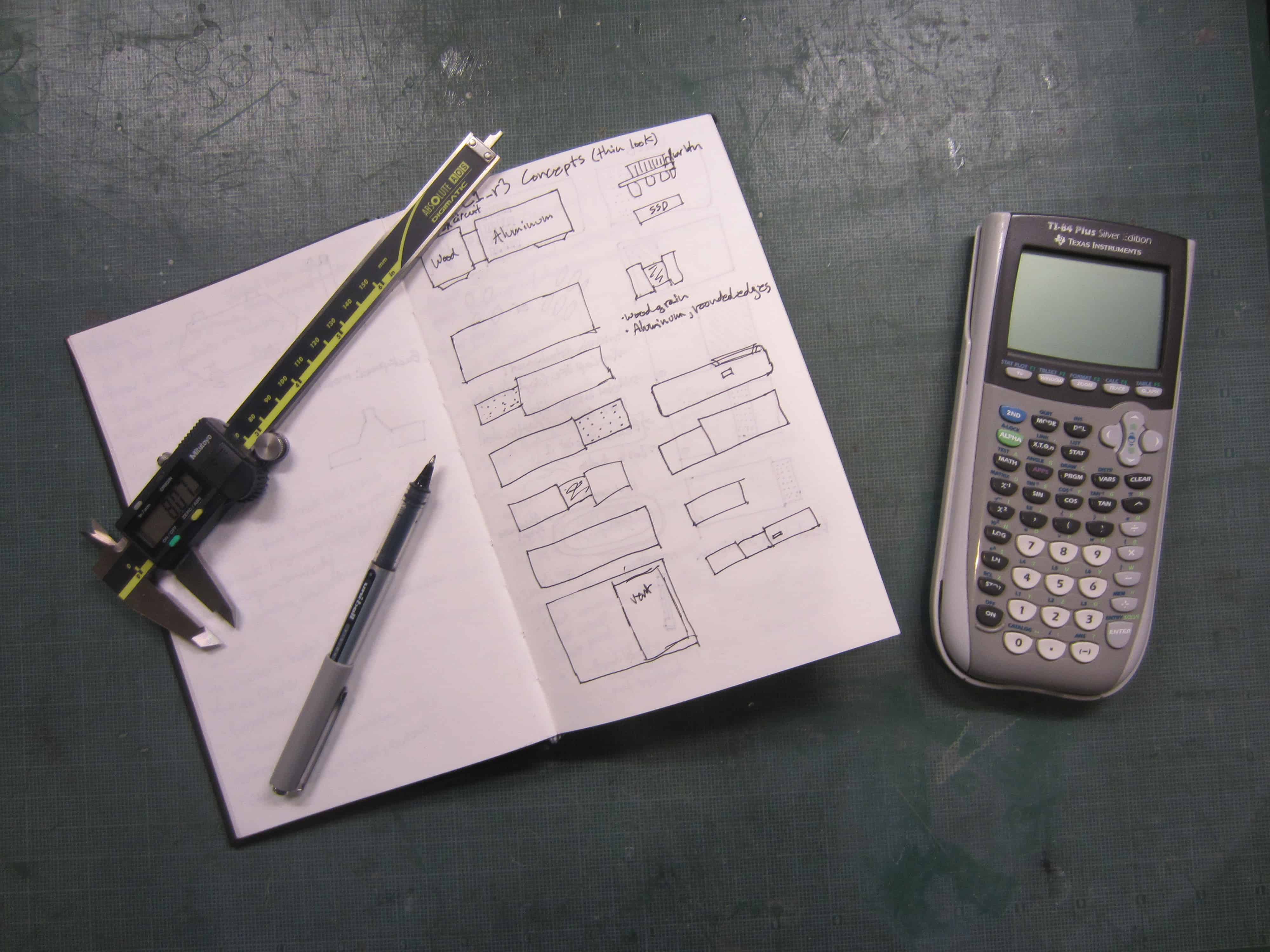NO TWO PROJECTS ARE THE SAME (BUT THEY ARE ALIKE!)
While on one day I might be designing an enclosure for a computer, the next week I’ll be tackling personal sports equipment or a new kind of power strip. The nature of the beast means that, on the surface, no two projects are the same. However, it’s always possible to take what you learn from one project and apply it to another. The design process for a computer enclosure is very similar to that of a power strip. Why reinvent the wheel?
DESIGNING FOR PROTOTYPING IS NOT DESIGNING FOR MANUFACTURING
With prototyping techniques like 3D printing, it’s possible to completely ignore the necessity of designing manufacturable parts. This leads to the design of parts that can’t be injection molded or machined. I quickly learned that even if a product is only being prototyped, it’s crucial to consider how it’s manufactured down the road. By thinking about manufacturability from the get-go, you’ll save a lot of time and hassle later on and likely have a more practical design.
KEEP IT SIMPLE
When designing a one-off assembly, it’s easy to add on a few extra bits and bobs to add functionality. But when a product will be manufactured in quantities of hundreds or thousands, just one extra part can add substantial costs during manufacturing and assembly. Always ask, “What could I do to reduce the number of parts? Do I really need all of those screws?” Chances are, something can be simplified.
OBSERVE THOSE AROUND YOU
As a recent graduate, I didn’t know much about being a design consultant or mechanical engineer in the real world. I started off by trying to prove my abilities as a mechanical engineer. This was a big mistake. I wasn’t hired for my previous engineering knowledge; I was hired for my ability to adapt and learn. I should have been observing the experienced engineers around me and learning from them instead.
DON’T BE AFRAID TO ASK FOR HELP
This is the most important thing I’ve learned so far. While it’s important to solve problems on your own, sometimes asking others for help is the best solution for your productivity and sanity. It saves time and opens your design process to new perspectives that you might not have considered. When you’re surrounded by other talented engineers, there is no excuse for a mental block.
I’m thrilled to be part of the team at Produktworks, and I can’t wait to learn even more and contribute to designing great products.


